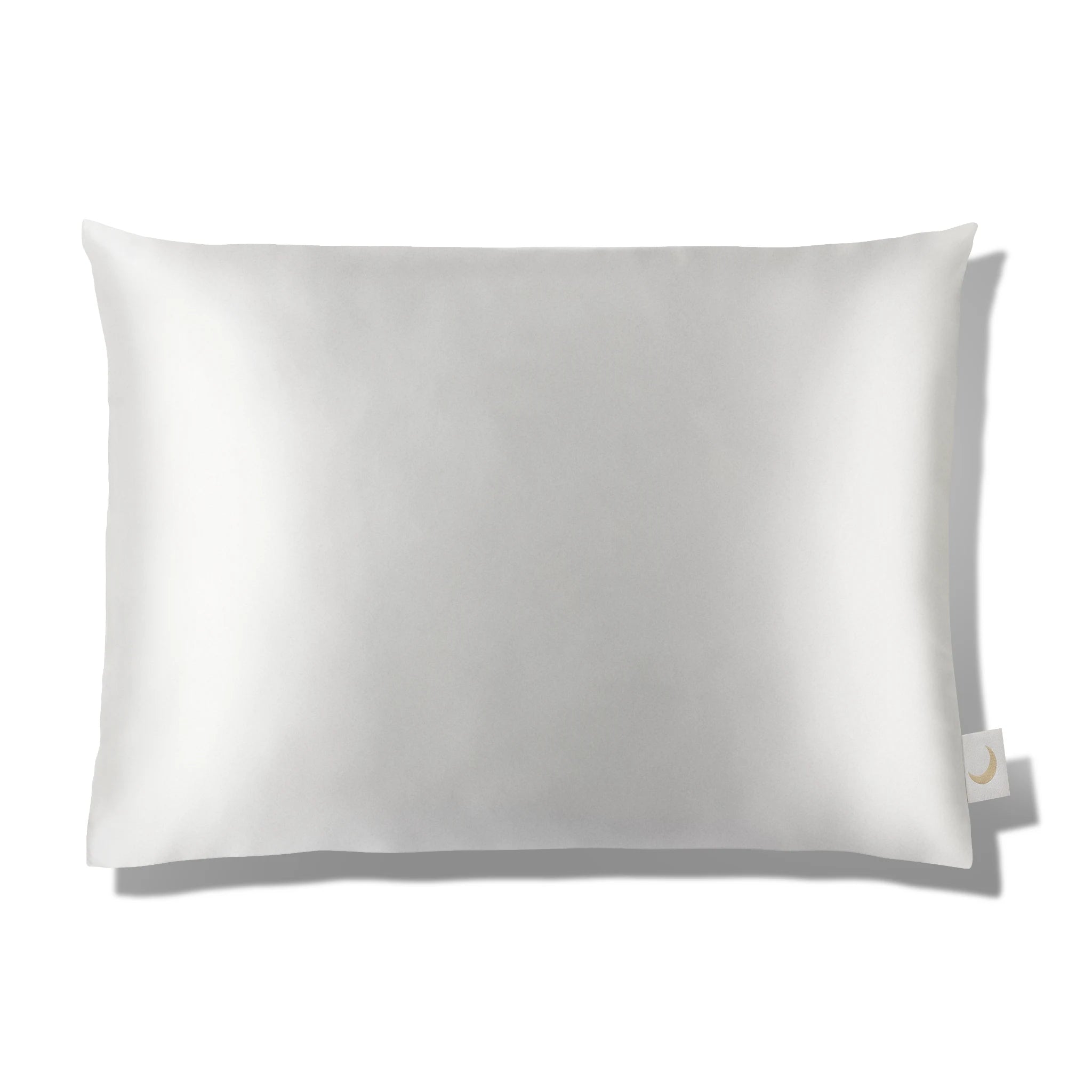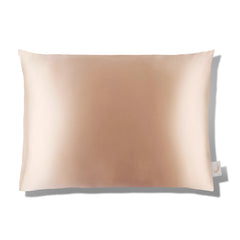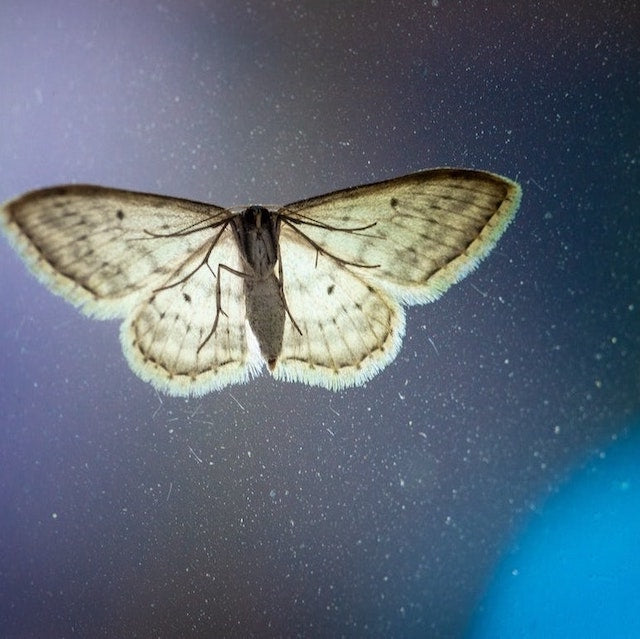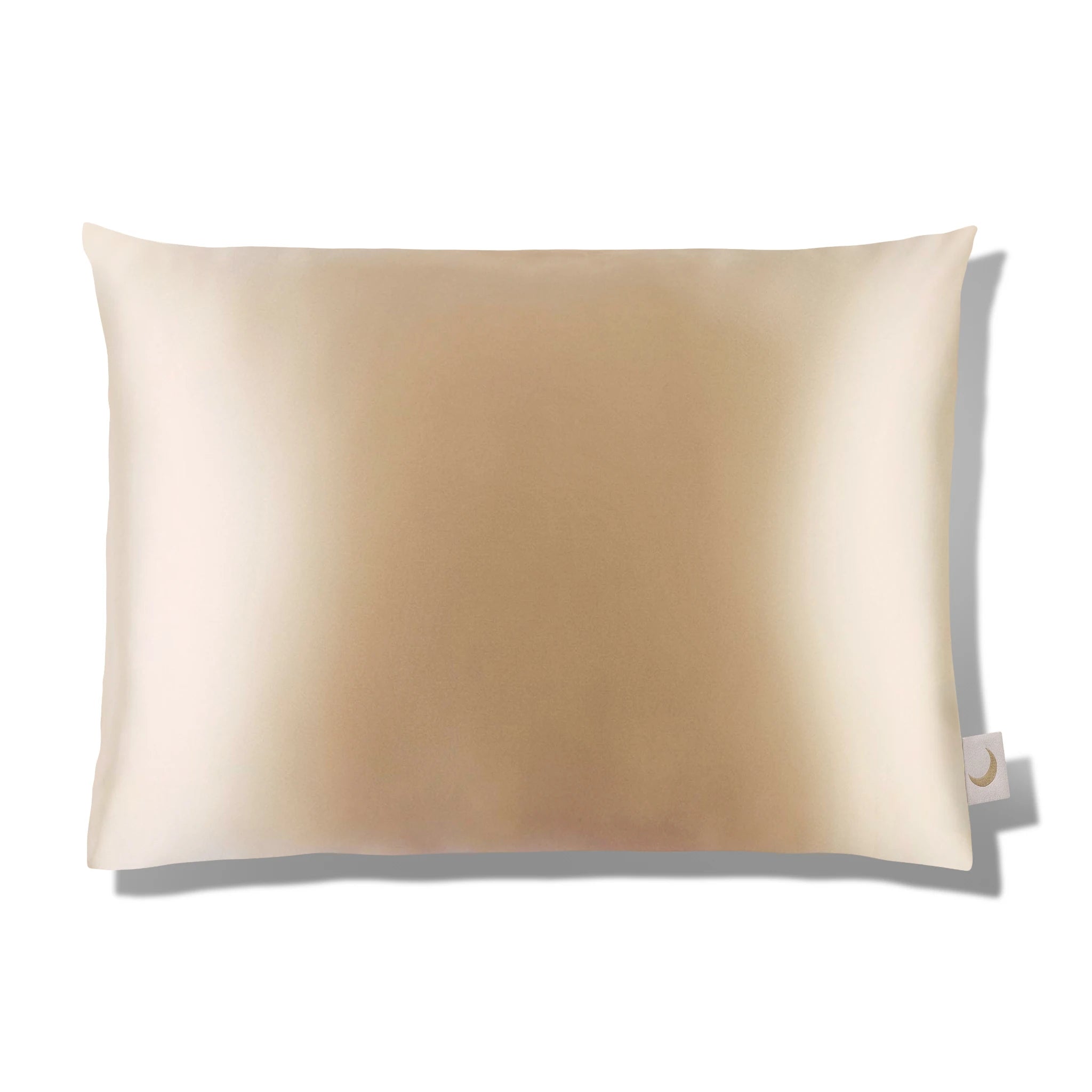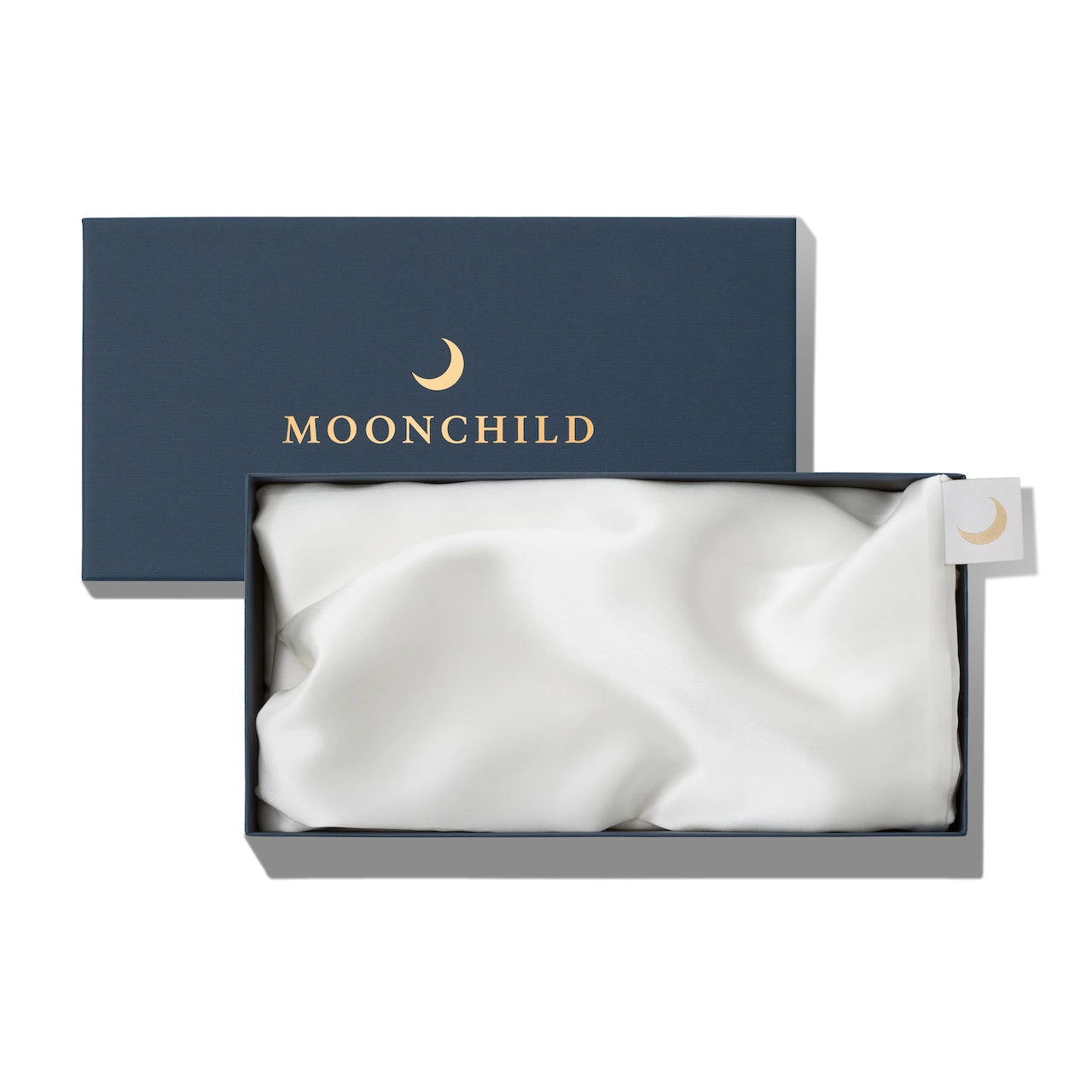5 min read. Did you ever wonder what caterpillar creates silk? Where does Mulberry Silk get its name from?

1. The Silk Spinner - Bombyx Mori and Bombyx Indica
There are many different silkworm species, the most famous are the Bombyx Mori, also referred to as the Chinese silkworm and the Bombyx Indica, also known as the Indian mulberry silkworm. The Chinese mulberry spinner is a fully domesticated species, used only for silk production and can not be found in the wild. This Chinese silkworm has many special needs preventing him from living in nature. His vital needs require him to be fed mostly mulberry leaves (sometimes exclusively) in large quantities to allow its reproduction process to take place while our special Bombyx Indica cocoons are collected in the wild.
2. Beneficial Characteristics of The Silkworm
This non-negligible flaw is also a great quality: the most luxurious silk comes from the Bombyx Mori/Indica. It only feasts on mulberry leaves, hence producing a smooth, strong and round mulberry silk thread, the most desired quality of silk. The wild silk spinner also contribute to local pollination and thus enhance the local botanical variety - just as bees do.
3. The Life Cycle of a Silkworm
The whole life cycle of the Bombyx Mori/Indica are based on mulberry leaves.
The caterpillar phase
Once born the baby caterpillar feeds exclusively on mulberry leaves throughout the day, seven days a week for more than a month (like a self-serve buffet with unlimited supply). When it comes to food preferences, the caterpillar is naturally attracted to the mulberry odorant: cis-jasmone. Therefore, its ability to eat increases when confronted by white mulberry leaves. After having had the buffet of their life (literally because this is the last time they eat during their whole life cycle) they weigh around 10.000 times their initial weight. The accumulation of energy from feasting on the Mulberry leaves allows them to start spinning their protective cocoon.
It's cocoon time!!
As a full-grown larva, the caterpillar hides under a cosy leaf and starts building its cocoon. For anywhere between three to eight days the larva will secrete a sticky substance with a super power: turning into a fine and solid filament when in contact with air. The rhythm of the silk production is quite intense: 20cm of silk thread per minute. The whole cocoon is formed by a single continuous thread. Over a week, the mulberry spinner will create its cocoon, which represents approximately a one and a half kilometres long continuous thread. The inner part of the cocoon is formed by round concentric rings and will become the bed of the pupa (transition form from larva to butterfly). This inner part is called ‘fine silk’ and will be used to create the most luxurious type of silk: mulberry silk. Once comfortably installed in the cocoon the larvae will start their metamorphosis. Fun fact: around 5% of the silkworms spin their cocoons together and are called the ‘dupion’ (some say it is love, others say it is just nature, we say it is beautiful).
Adulthood
After 10 to 14 days of metamorphosis in its cocoon, the silkworm is now a full-grown adult Bombyx Mori. During its brief adulthood, its primary concern is reproduction. The males perform a flutter dance to introduce themselves to females, secreting a pheromone with the ability to attract the female. The female species are two to three times bulkier than the males and once seduced will carry between 300 and 500 eggs. The process of laying the eggs is carefully watched by the farmers. Future larvae will only hatch if the temperature is constantly between 24 and 29 celsius. The female moth carefully places the eggs in clusters under the mulberry leaves. The eggs are then glued to the leaf thanks to a gelatinous secretion left by the female. Once the reproduction of her species is assured, her life cycle ends.
Egg life
A smooth hard white surface of the egg hides the yolk and the future caterpillar. The larva destined to become the mulberry spinner takes 9 to 12 days to hatch. A new circle of life starts. Thus this species can go through eight life cycles a year.
4. Is Mulberry Silk Real Silk?
Not only is mulberry silk real silk but also one of the best types of silk available on the market. This silk is the result of silkworms, whose diet is composed of mulberry leaves. The mulberry silk has great qualities (hypoallergenic, dust repellent and antifungal). Read on in our article about mulberry silk. If you want to understand what is real silk, you can learn a bulletproof way to recognise silk among other materials in our article: satin vs silk - isn’t it the same?
5. How Can We Save the Mulberry Silkworm?
Caterpillars are boiled alive within their cocoon during the production process of conventional silk. They are not able to change into the beautiful butterfly they are destined to be. Due to thousands of years of breeding in the conventional industry, even those able to hatch lost their ability to fly and more importantly their mouthparts are rare to non-existent causing them another kind of death in starvation.
But there is a work around to the traditional method: Peace Silk or Ahimsā Silk. Thanks to the beautiful input of the local Indian farmers, not only the life of the Bombyx Indica moth is being saved but also the pure natural quality of the mulberry Peace Silk is kept. The sericulture farms producing Peace Silk are highly cautious about their Bombyx Indica silk spinner.
The silkworms only feed on wild organic mulberry leaves and are allowed to live their full life cycle and metamorphosis without being harmed. If you want to read more about this slow fashion process and understand what distinguishes it from conventional silk, read on in our article: what is Peace Silk or Ahimsā Silk?
